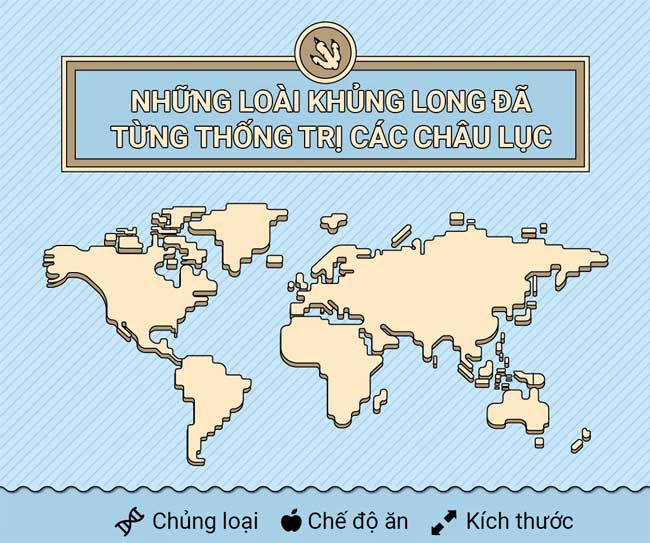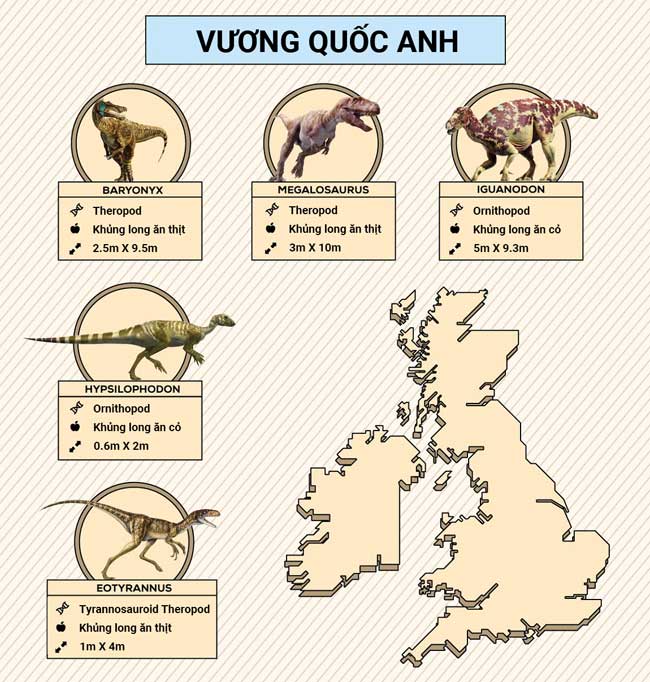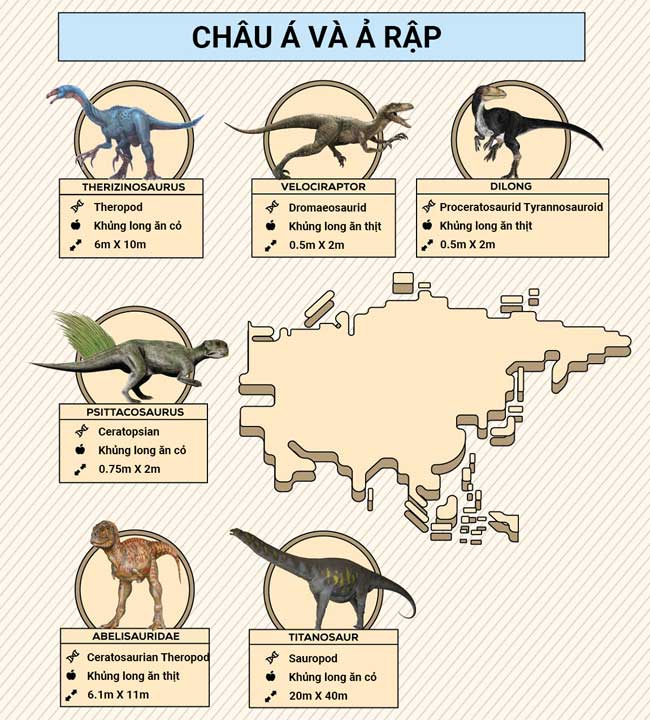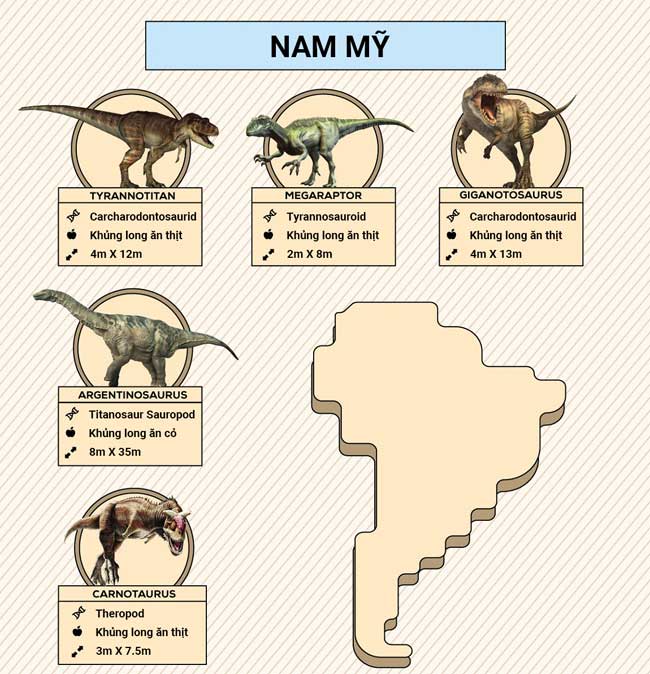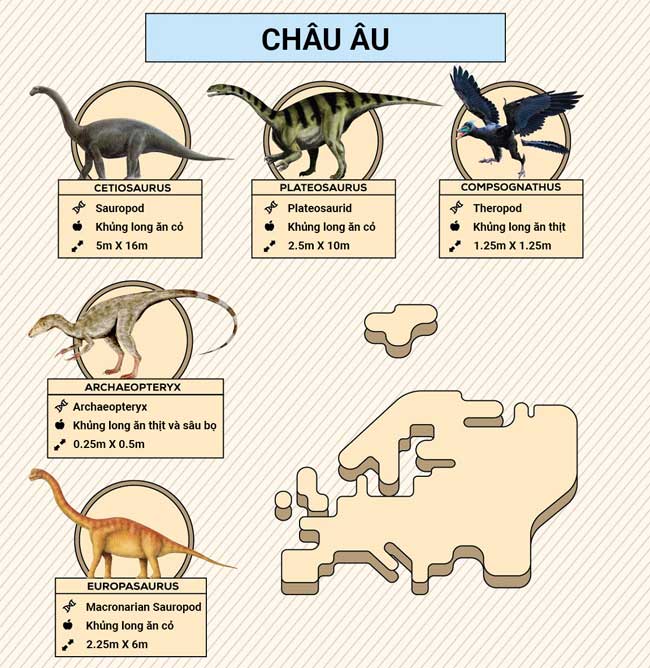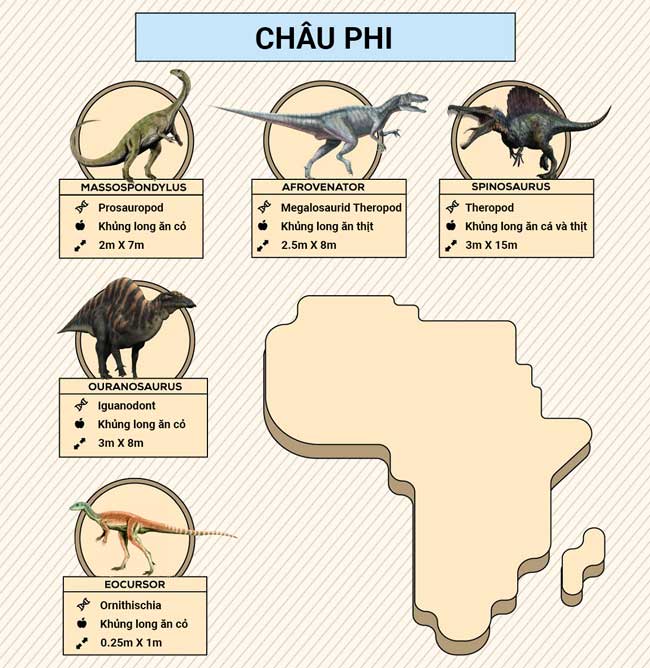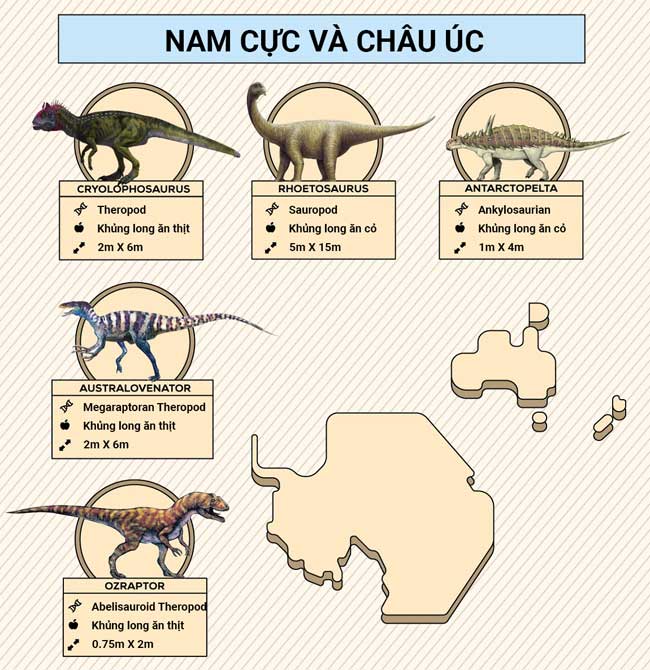Dinosaurs lived for approximately 180 million years, from about 245 million years ago until 66 million years ago. In other words, modern humans have only existed for about 300,000 years! And that is nothing compared to the era when dinosaurs ruled the Earth.
180 million years is quite a long time, but not all dinosaur species lived simultaneously throughout this period. Movies have led us to believe that many dinosaur species coexisted and inhabited the same areas, but that is not accurate.
For example, films like Jurassic Park and The Lost World create the impression that Tyrannosaurus rex and Velociraptor frequently fought each other. However, the truth is that Velociraptors went extinct nearly 80 million years before Tyrannosaurus rex ever existed.
Where Did Dinosaurs Live?
Just as different dinosaur species lived in different eras, they also inhabited various locations. The world was vast, and dinosaurs had limited ranges, often sticking to relatively small geographic areas, typically confined to a single continent, as evidenced by the fossils that have been discovered.
Speaking of continents, the world 250 million years ago was not like the world we know today. The continents at that time had not yet separated and were part of a single vast landmass known as Pangaea. Continental drift gradually caused the continents to move apart over hundreds of millions of years.
This continental upheaval poses a challenge in describing dinosaur habitats. In fact, describing dinosaur habitats based on current geographic locations is not very accurate, as Africa and South America were once neighboring continents. However, this is the easiest way to discuss where a dinosaur might have lived.
How Do We Know Where Dinosaurs Lived?
It is somewhat surprising that we know so much about dinosaurs despite their extinction occurring so long ago. Paleontologists search for and rely on fossils to determine the range of dinosaur species. The location of fossils is not the only factor used to identify a dinosaur’s habitat, but it is the most crucial one.
Finding a fossil at a specific location ensures that the species existed where the fossil was discovered. Combining that specific site with additional information about what they may have eaten and their skeletal structure helps scientists predict their size.
